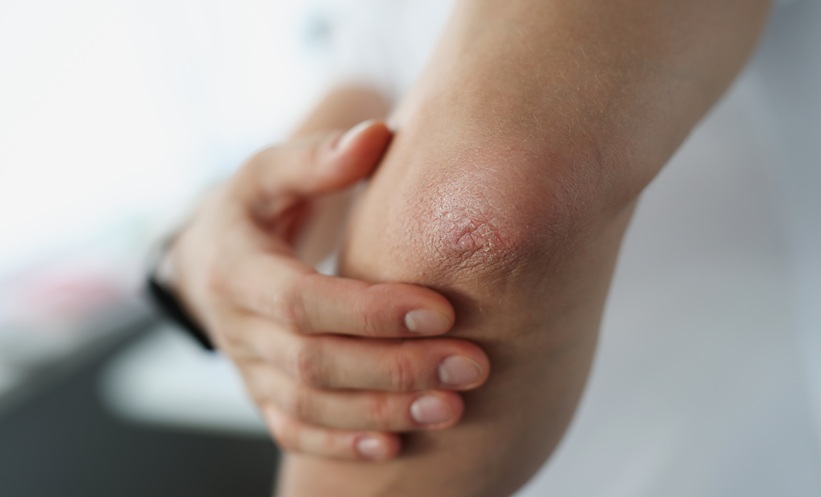COMMUNITIES with lower socioeconomic status often face restricted access to dermatologic care, contributing to a higher incidence of late-stage melanoma diagnoses. Telemedicine and teledermoscopy present promising solutions to improve access to diagnostic services, potentially mitigating the prevalence of advanced-stage melanoma.
From September 2020–February 2023, researchers conducted a prospective diagnostic accuracy study to compare telemedicine-based skin cancer detection with traditional in-person evaluations. The study also explored the off-label use of Nevisense, an FDA-cleared device typically employed in dermatology clinics to assess melanocytic skin lesions, aiming to enhance teledermoscopy accuracy.
Participants were recruited through community outreach, including newspaper advertisements and cancer centre mailing lists. Eligible adults with up to three self-identified concerning skin lesions were evaluated in a simulated walk-in clinic environment. Each participant underwent a dermatologist’s in-person, dermoscopy-assisted examination, alongside a separate telemedicine evaluation conducted remotely by a specialist team (TeleTeam). Nevisense measurements were incorporated into telemedicine assessments for additional diagnostic support.
Among 147 participants and 375 lesions, 97% were benign, with seborrheic keratosis and common melanocytic nevus being the most frequent diagnoses. Of the 13 malignant neoplasms identified, including two melanomas, in-person evaluations achieved a 93% accuracy rate. TeleTeam evaluations demonstrated 91% accuracy using clinical photos and dermoscopy alone. When Nevisense was utilised, sensitivity improved, but overall accuracy dropped to 83% due to reduced specificity.
Notably, 89% of participants expressed confidence in teledermatology, and concerns about their skin lesions significantly decreased post-assessment. Despite these encouraging findings, limitations included reliance on self-identified lesions and declined biopsies for some telemedicine-flagged cases.
This study reinforces teledermoscopy’s utility for triaging skin lesions and prioritising high-risk cases for in-person care. Deploying such services in underserved areas, combined with melanoma awareness campaigns, could bridge gaps in dermatologic access, reducing disparities and improving early detection of skin cancer. While comprehensive in-person examinations remain the ideal standard, teledermoscopy offers a scalable, effective strategy to enhance skin cancer care.
Reference
Ingrassia JP et al. SpotCheck: a skin cancer diagnostic accuracy study comparing teledermoscopy with and without electrical impedance spectroscopy to in-person dermatologist evaluation of patient-identified lesions concerning them for skin cancer. J Am Acad Dermatol. 2024;DOI:10.1016/j.jaad.2024.10.067.








